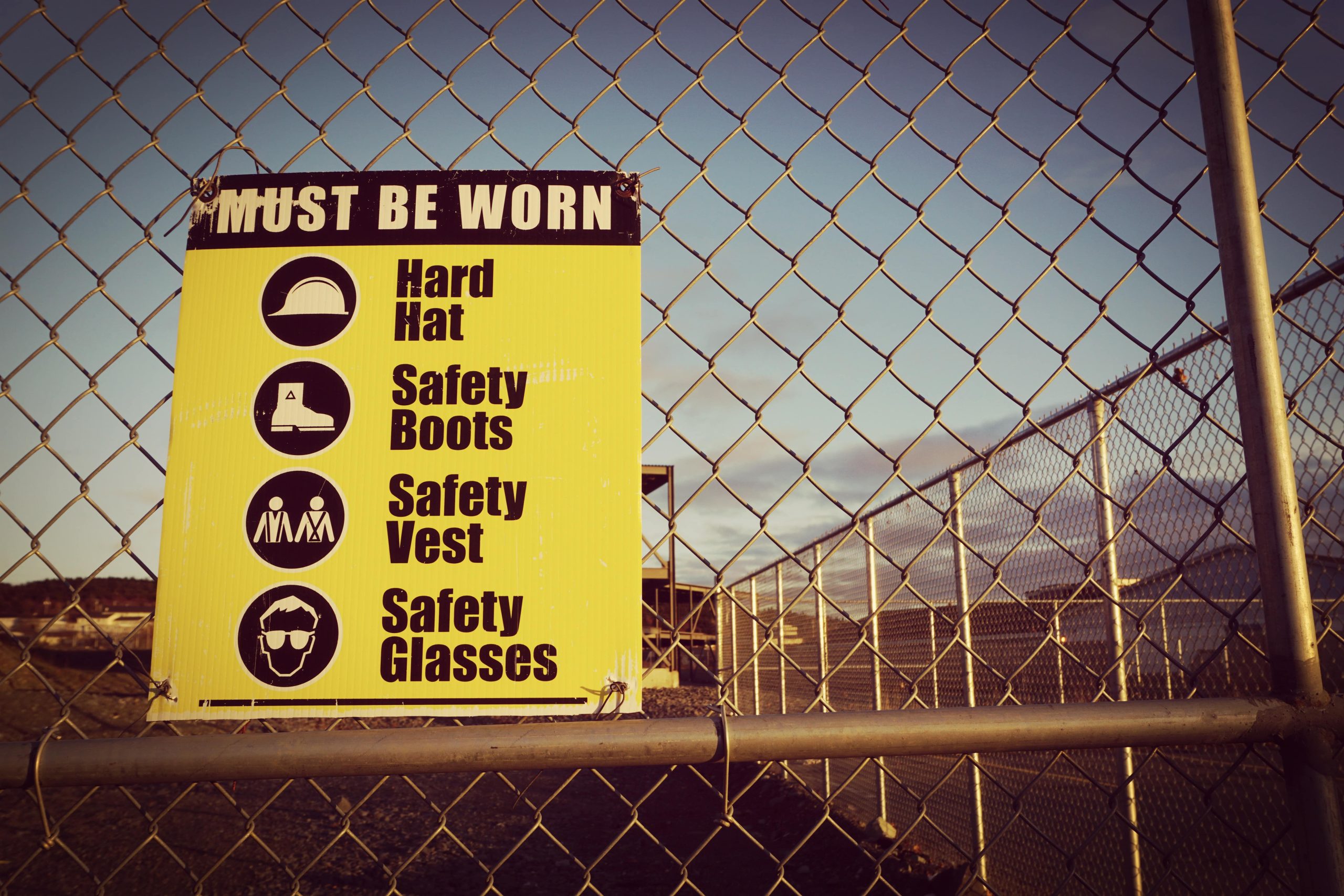It’s no secret that the construction labor shortage is intensifying by the day. Senior-level workers are nearing retirement age. Younger generations are opting for professions over trade. And 1.9 million workers are expected to transition to another industry by 2024.
Skilled trades workers have quickly become a hot commodity for global firms—and that means there has never been a better time to pursue a construction career.
As the industry continues its steady growth—especially in Texas, where new home construction is booming and corporations are relocating in droves—demand for skilled tradespeople is set to reach an all-time high. Let’s dive deeper into the 2024 construction worker job outlook and what it means for your career.
2024 Construction Worker Job Outlook
There’s no shortage of opportunity in the construction sector. Bureau of Labor Statistics (BLS) data shows 449,000 job openings as of December 2023—up from 363,000 just five months before. The rising availability of construction jobs, from apprenticeships to supervisory positions, is empowering skilled trades workers to choose roles that perfectly align with their experience and career goals.
Specialization will be especially valuable in 2024. BLS reports electrician opportunities will grow faster than average through 2034. At Skinner, the leading skilled trades staffing firm in Texas, we’re also seeing high demand for sheet metal mechanics, pipefitters, and similar roles.
Workers have the flexibility of choice when deciding on their next career moves—and construction businesses must double down on their efforts to provide exceptional employee experiences. After all, the Associated Builders and Contractors reports the construction industry needs to attract over half a million workers on top of its average annual hires to keep pace with 2024 growth forecasts. Successful firms will differentiate themselves through compensation, culture, and employee perks.
How the Construction Employment Landscape Is Changing
Over the next decade, the positive construction worker job outlook is certain to change many aspects of the employment landscape for skilled trades workers—largely for the better. Here are four trends we expect in the construction sector:
1 Rising Compensation
As competition for skilled labor heats up further, construction businesses are improving compensation packages to attract and retain the workers they need. In 2022, construction wages for nonsupervisory positions grew at the fastest rate in 40 years—and in 2023, 63% of firms offered higher pay rate increases than in 2022. Many companies also introduced hiring bonuses and enhanced employee benefits packages.
The average construction worker now earns nearly $35 per hour. In coming years, skilled tradespeople in this promising industry will be able to significantly boost their earnings—with no need to invest in costly college degrees—even with inflation factored in.
Taking the time now to explore work opportunities in the construction sector can help you maximize your long-term earnings.
2 Growing Job Stability
If you’re one of the growing numbers of job seekers prioritizing stability amid recessionary concerns, the construction industry can provide the security you need. Despite signs of an economic downturn, hiring is on the rise. Firms, in an effort to combat the construction skills gap, are finding new ways to boost employee retention and re-engage temp workers—in part by showing deeper commitment to their needs.
Even if your time at a firm comes to an end, you’ll have access to countless other job opportunities in your area of expertise. Cultivating a construction career also equips you with transferable skills that allow you to change career paths as market demands shift.
3 Heightened Job Complexity
Even on an understaffed team, construction companies must keep up with project timelines. As a result, workers may be expected to take on new responsibilities as labor shortages persist.
This doesn’t mean your days will be endlessly stacked. Construction technology spending is growing, which means businesses are investing in equipment and software that can streamline tasks and improve project outcomes. Workers may experience a short-term learning curve in order to leverage new tech, but these investments can eliminate the most laborious and dangerous aspects of construction jobs.
4 More Professional Growth Opportunities
As the struggle to find senior construction talent amidst surging retirement rates, businesses are focusing on internal talent development more than ever. In fact, 41% of construction firms are boosting spending on training and professional development programs. Many others are investing in upskilling and reskilling or displaying a greater willingness to train apprentices or entry-level hires.
Growth opportunities are plentiful in the current construction employment landscape, and all types of workers have the potential to quickly rise through the ranks.
Leverage the Positive Construction Worker Job Outlook
Job openings are plentiful in the construction industry, which means competition for skilled trades workers is at an all-time high. Firms are finding new ways to attract and retain the tradespeople they need—whether that’s by boosting compensation or investing in professional development opportunities. Construction workers in this landscape are empowered to select employers who support their career growth and align with their values.










